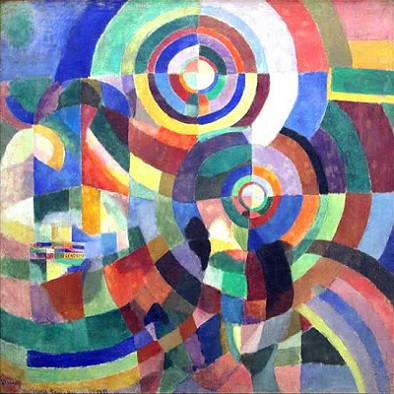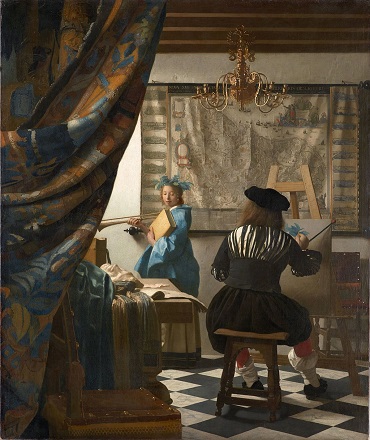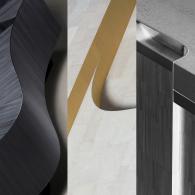The Evolution of Artistic Expression: Africa
August 1,2020

Marquis Sconce by Alexander Lamont
Inspired by the luminous decorative arts of the Art Deco era, Alexander Lamont has been reviving and innovating traditional skills of craftsmanship long forgotten in the age of mass production. This story explores how the aesthetic style of the early 20th century came to be defined and still influences our perception of beauty today.

Ludwig Mies van der’s Farnsw Roheorth House is considered a Modernist icon of architectural design
“Less is more” is a phrase adopted in 1947 by architect Ludwig Mies van der Rohe to express the view that a minimalist approach to in design and the decorative arts is more effective. The traditional sense of European aesthetics has dramatically changed since the turn of the 20th century with the embracing of minimalism and the rejection of ornament.

African sculptures urged the Modernists to meditate between perceived reality and the creativity of human mind
It all started with the encounter between European modernists and African art. Ever since the discovery of single-point perspective by Italian artists during the Renaissance period, the depiction of perceptual realities dictated the overriding aesthetic of European art for four hundred years. Modernists searching for alternatives to naturalism quickly assimilated African forms to achieve more stylized and abstract conceptions of the figure.

African shamans wearing traditional masks in a ritual
Expressed in geometric patterns, abstracted figures and vibrant colors, African aesthetics has its roots in spirituality. What the European artists considered to be forms of “art” were actually functional objects African people used in their religious and social events, representing the spirits of ancestors or used to control the good and evil forces in the community.

African masks in particular led to the creation of Cubism, opening up almost infinite new possibilities to represent visual reality in art
These African objects gave birth to various European artistic movements in the early 20th century, such as the bold geometric forms of Cubism and the bright colors of Fauvism. The new aesthetic language in fine art later influenced various design disciplines such as Bauhaus, De Stijl, Dada and Art Deco.


(Left) Matisse assimilated the powerful plasticity of African forms and expressive curving in vibrant colors
(Right) In a new approach to represent reality, Picasso brought different views of subjects together in Cubism, resulting in paintings that appear fragmented and abstracted


(Left) Art Deco style interior expressing a sense of luxe in materiality and simplicity
(Right) Strong colors and geometric shapes in Orphism art movement influenced designing of furniture, fabrics, and wallcoverings


(Left) The Bauhaus, a German art school, attempted to unify aesthetics with everyday function
(Right) De Stijl was a Dutch art movement that advocated pure abstraction and universality by a reduction to essentials of form and color
Since the age of enlightenment and the industrial revolution, the world has been shaped by European ideals of Reason and Logic. In modern industrial societies with the rapid growth of cities and transcontinental travel, modern art developed based on a utopian vision of human life and by assimilating aesthetic influences that spring directly from the Western world’s encounters with the cultures of Africa and Asia.


(Left) Renaissance artists invented linear perspective based on mathematics to create the illusion of space and distance on a flat surface
(Right) Perspective drawing dictated the European art of presenting reality for over four centuries.
In addition, the creation of the African diaspora in the Americas by enslaved African people gave birth to new forms of music and dance. The tears and blood of African people left a tremendous impact on modern culture, not to mention the very structure of the world we currently live in.

Medina Coffee Table by Alexander Lamont. Parchment was used for the first time as a decorative material in the Art Deco era.

Husk Vases by Alexander Lamont. Materials and techniques from Asia such as lacquer were introduced in Europe in the Art Deco era.
In the next story, we will talk about nature as an aesthetic element that is deeply influential to the creative work of Alexander Lamont and that has its roots within Asian culture.

Magnificat Mirror by Alexander Lamont

A seductive work of composition, gilding, marquetry and lacquering inspired by an art deco bracelet




Add new comment